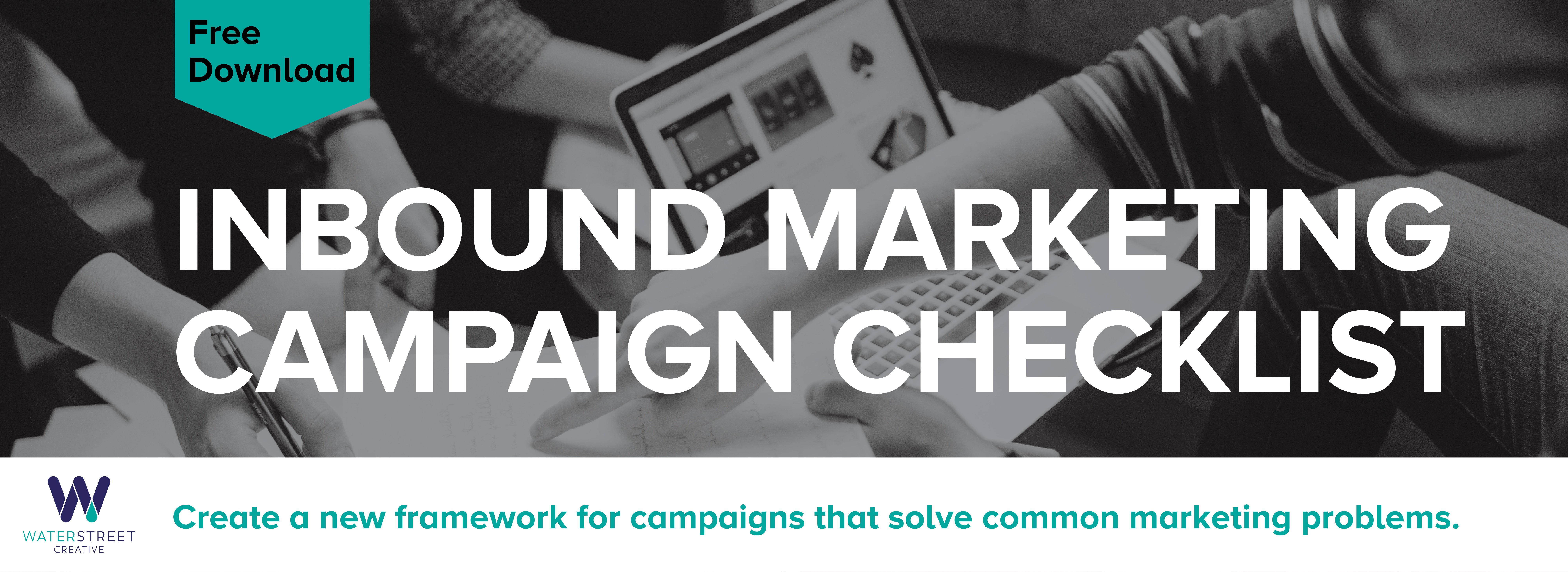When you think about the growth and success of your company, where do your customers fit into the equation?
Inbound marketing is the methodology that marketing is more than just yelling your message into the digital abyss. Sometimes, it's easy to forget that, as a company, you are selling your products and services to people. Real, decision-making, easily distracted, living, breathing humans. Whether you are a B2B or a B2C, people are making decisions, and people care about how you market to them.
The inbound way is about marketing focused on attracting customers through relevant and helpful content and adding value at every stage in your customer's buying journey.
In fact, 96% of B2B buyers want content with more input from industry thought leaders. (Demand Gen Report, 2016) (Source: https://www.hubspot.com/marketing-statistics)
With inbound marketing, potential customers find you through channels like blogs, search engines and social media.
Unlike outbound marketing, inbound marketing does not need to fight for potential customers’ attention. And unlike disjointed digital marketing pitches that only cater to one or some of the digital marketing channels, inbound marketing works like a machine in motion. By creating content designed to address the problems and needs of your ideal customers, you attract qualified prospects and build trust and credibility for your business.
Inbound marketing is like the propellers on an airplane, each moving constantly and together to keep you soaring.
How inbound marketing propels your company to success:

- Inbound marketing ATTRACTS the right people to your website.
You don't want just anyone coming to your website; you want people who are going to be interested in your product or service, become leads and eventually, happy customers.
Inbound marketing focuses up front on making sure you are attracting your ideal target market. You attract more of the right customers with relevant content at the right time – when they’re looking for it. To do this, focus on your content strategy. By creating useful content for your ideal market you can attract them through blogs and social media to your website.
- Inbound marketing focuses on ENGAGING with your ideal client.
Now that your ideal client has found your website, it's time to start the conversation. This is a critical stage in inbound marketing, because it allows you to begin to collect our leads’ information and introduce them to your product or service. Converting your ideal client into a lead begins with opening up a conversation with them in whatever way works best for them – with messages, forms, or meetings. Once you’re in touch, you answer questions and provide relevant content that is interesting and valuable to each of your buyer personas – and continues the conversation.
- Inbound Marketing CLOSES the deal by turning your leads into customers.
Inbound marketing has allowed you to attracted the right visitors to your website and qualify your leads (because not every visitor to your website is a potential lead), but now you need to transform those leads into customers.
This can be the most challenges phase for many companies, because many companies do not know at what point in the buyers journey those leads are–that makes a difference.
So, how can you most effectively do this?
- With inbound marketing, each lead you have is nurtured according to their interests and stage in the buyers journey. Pages they’ve visited, content and white papers – all these indicate shifting interests. Good nurturing adapts messaging to stay relevant and makes winning new customers faster.
- Email is still king. So, what do you currently do if a visitor clicks on your call-to-action, fills out a landing page or downloads your white paper, but still isn’t ready to become a customer? A series of emails focused on useful, relevant content can build trust with a prospect and help them become more ready to buy.
- Qualifying or scoring your leads is a great way to handle growth at your company. As your business grows, and you generate more leads, it doesn't always make sense to get in touch with every single lead. You want to make sure the sales team is prioritizing their time based on the most qualified leads.
- Inbound marketing utilizes Pipeline Management, because it's important to know what works, which marketing efforts are bringing in the best leads and, if your sales team is effectively converting those best leads into customers. By using an integrated CRM, you can analyze just how well your marketing and sales teams are playing together.
Finally...
- Inbound Marketing is all about providing a remarkable experience for your customers and continuing to DELIGHT them even after they’ve purchased to keep them and their friends coming back!
When you use an inbound marketing strategy, your customers will have higher expectations of your business and how they’re treated more than ever before. So, it’s even more important to engage with, delight and make your customers successful. If you do, they will buy more, stay with you longer, refer their friends, and be happy to tell the world they love you!
Smart content makes sure you don't show loyal customers Call to Actions (CTAs) or content meant for first-time buyers. And, with smart CTAs, you present different visitors with offers that change based on buyer persona and lifecycle stage.
Inbound marketing uses your CRM to Manage, collaborate, and respond to customer messages from any channel. Keep track of potential deals, questions, comments, and requests – and start having better and more meaningful customer conversations.
Are you ready to get your marketing motor running? Inbound marketing is for everyone, no matter how big or small your company is, because inbound marketing is all about creating content for people.








